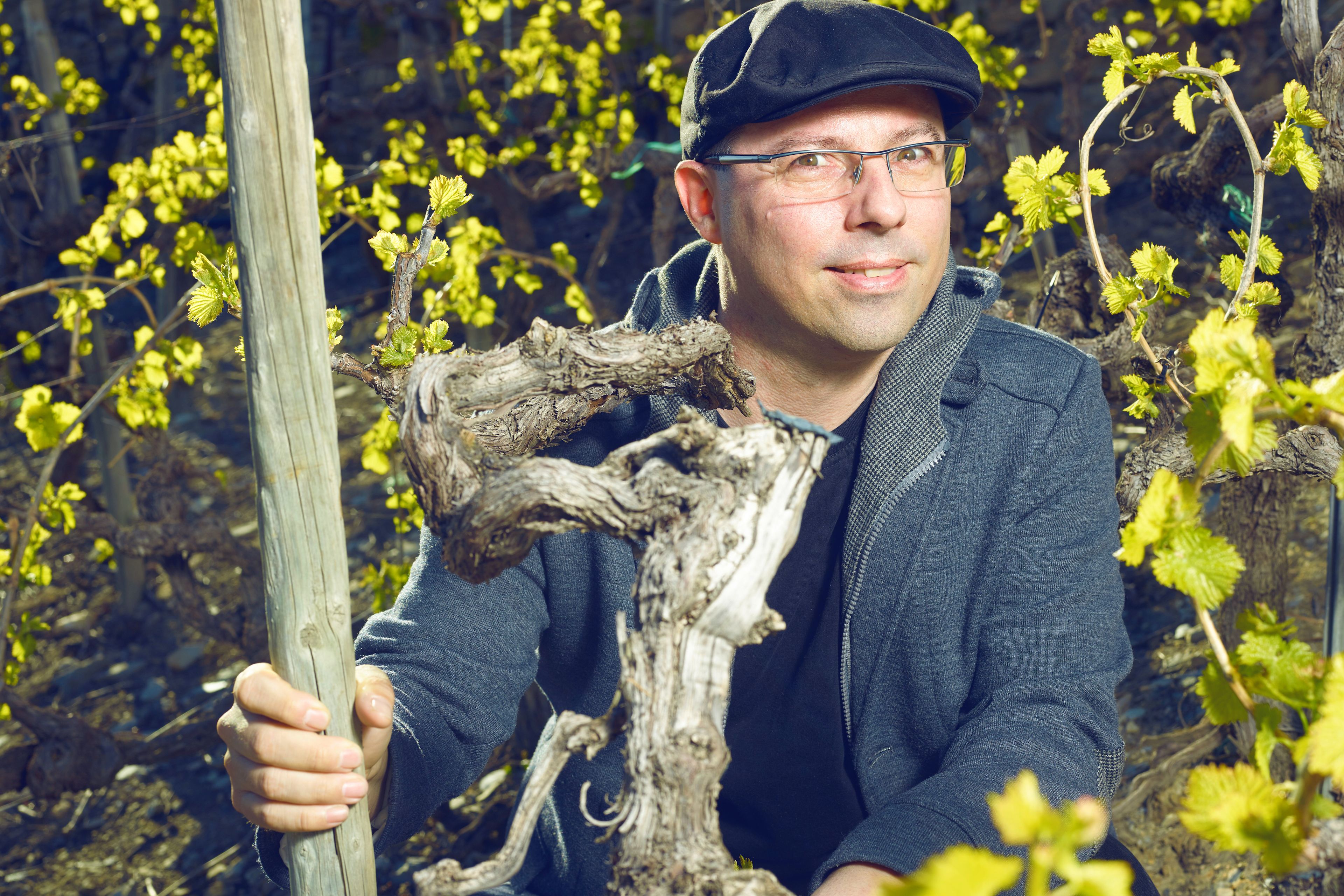Exploring Valais wines and vineyards

Drinking wine is one of life’s great pleasures; discovering where the vines grow and the grapes mature makes the experience even more enjoyable. Visitors can explore the rich winemaking heritage of Valais in a number of ways.
The terraced vineyards covering the south-facing slopes of the Rhône valley give this landscape its unique character. Dry-stone walls have supported these terraces for centuries. Irrigation channels – known as “bisses” – bring precious glacier water to the vineyards. At the same time, Valais is characterised by its incredible diversity of soils, settings and climatic zones – in short, its “terroirs”. No wonder many different grape varieties enjoy ideal conditions in which to flourish. Over the decades, however, the old native varieties such as Amigne, Cornalin, Humagne, Petite Arvine and Rèze gave way to others that were more fashionable at the time. “In the early 20th century, because of disease, large proportions of the old varieties were replaced by others that were easier to cultivate and more productive – such as Chasselas, Gamay and Pinot,” says Dr José Vouillamoz. A wine geneticist, he is also co-author (with Jancis Robinson and Julia Harding) of “Wine Grapes”, regarded worldwide as the standard reference work on the subject.
“It was only at the end of the 1980s that winemakers began to cultivate traditional varieties once again,” Dr Vouillamoz says. Even though they are grown extensively in other winemaking regions around the world, varieties such as Pinot noir, Gamay, Marsanne, Pinot gris, Savagnin blanc, Sylvaner and Syrah (Shiraz) acquire their own distinctive and appealing identity in Valais. This is even more true of indigenous varieties. “When experts come here for a tasting, they often try to make comparisons. I always say to them: Don’t try, you just can’t compare. These wines are inextricably linked to this landscape and these soils and develop their own distinctive notes.”

The labels on bottles of Valais wine always show the grape variety – in contrast to regions that emphasise the appellation, estate name or brand. In order to preserve the diversity of grape varieties and to offer winemakers healthy plants of high quality, the canton of Valais established a special programme about 20 years ago. Experts gathered a certain number of stocks of different grape varieties in exceptional vineyards, some several centuries old. These plants allow the vine nurseries to guarantee the survival of the varieties in question. A subsequent replanting then receives the label “Sélection Valais”.

José Vouillamoz is himself co-owner of the oldest vineyard producing Rouge du Pays (Cornalin) in Flanthey. He also has a weakness for Humagne blanche. This variety’s origins date back at least to 1313, the year of the first written reference – along with that of Rèze – in records from Anniviers. That’s why in 2013, José Vouillamoz celebrated the 700th birthday of the two grape varieties at the Château de Villa in Sierre.
In the same venue, visitors can taste Valais wines of all varieties and origins at any time of year. This also makes an ideal starting point for an excursion into the vineyards. One possibility is a bike ride to the wine museums in Sierre and Salgesch, where visitors can discover the history of this exceptional winegrowing region. The best option is to hire an electric bike for the day from “Valaisroule” to enjoy the 10-kilometre route through the vineyards. “Valaisroule” can also provide a bike for exploring the 26-kilometre vineyard trail from Martigny to Saillon. Cyclists can make a stop at the “Distillerie Morand” in Martigny, the “Fol’terres” wine-tasting pavilion in Fully or the “Caveau de Saillon” for refreshments and the chance to taste seasonal specialities. On the way back, it is worth stopping at the “Bains de Saillon” spa to enjoy a massage with hot oil scented with apricot or arnica before continuing along the Rhône cycle route.

Alternatively, visitors can enjoy the popular walk along the “Bisse de Clavau” through the vineyards above Sion. The path follows the wooden channels of the old irrigation system, in places negotiating dramatic rock faces and overhangs. Along the way, many vineyard cabins offer the chance to taste regional products.
It is also worth visiting Switzerland’s highest vineyard. A theme trail leads from Visp to Visperterminen, known as the Heida village after the local grape variety. The vineyards rise to an altitude of nearly 1,100 metres. The Heida grape produces wines with distinctive fruity, mineral aromas, and its Valais home also has a very special character. The difference in altitude between the top and bottom of the vineyards is more than 400 vertical metres; the dry-stone walls that support the terraces capture and re-release the warmth of the Valais sunshine to produce wines of exceptional quality.
Text: Monique Ryser Photos: Sedrik Nemeth
Where the “Prince of Valais” reigns
Next story



